NORTHERN lights hunters were treated to a dazzling display in the night sky above Newquay on Thursday night.
People watched the phenomenon from various locations including Towan Headland, Pentire Headland, the Huer’s Hut and the Barrowfields.
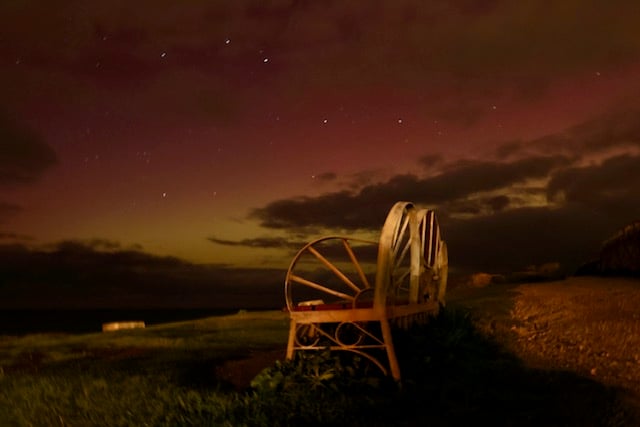
The lights, also known as aurora borealis, splashed vivid red, pink and green colours, which resulted in stunning images being captured.
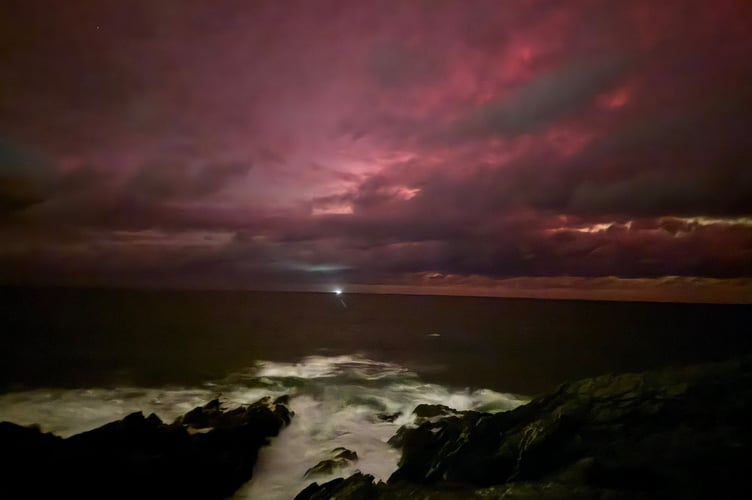
Meteorologists advise a long exposure camera is used to capture the auroras, as the phenomenon is not always visible with the naked eye.
What used to be a once-in-a-lifetime event for people to see it in the UK – or a bucket list trip to the Arctic circle – has become more common in the last couple of years.
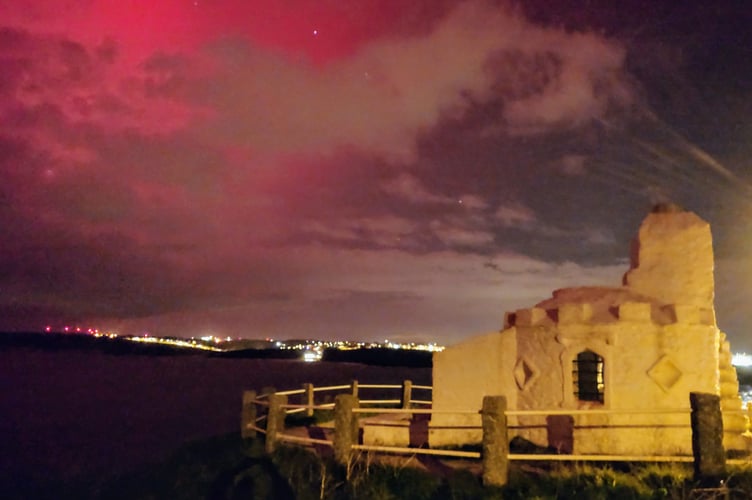
The Northern Lights occur because of solar activity and the resulting charged particles in the solar wind colliding with molecules in the Earth’s upper atmosphere.
Depending on which gas molecules are hit and where they are in the atmosphere, different amounts of energy are released as different wavelengths of light.
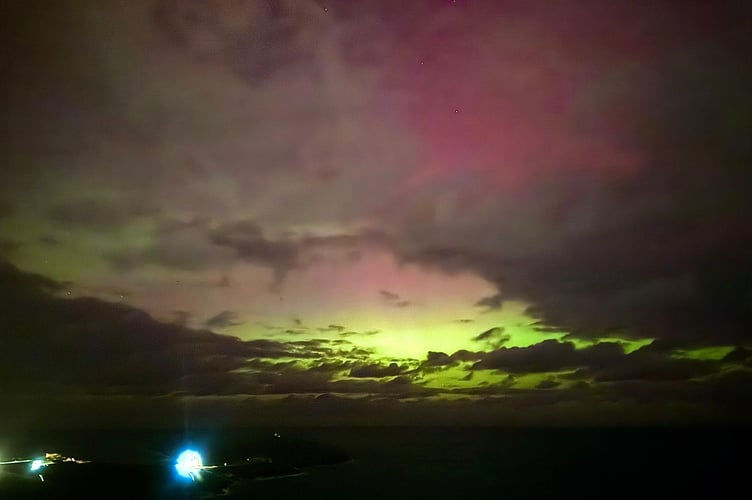
Oxygen gives off green light when it is hit 60 miles above the Earth, while at 100-200 miles, rare, all-red auroras are produced. Nitrogen causes the sky to glow blue, and has a purple hue when higher in the atmosphere.
Forecasters say there has been more space weather events in recent months, including the Northern Lights, because the sun is nearing the peak of its solar cycle.


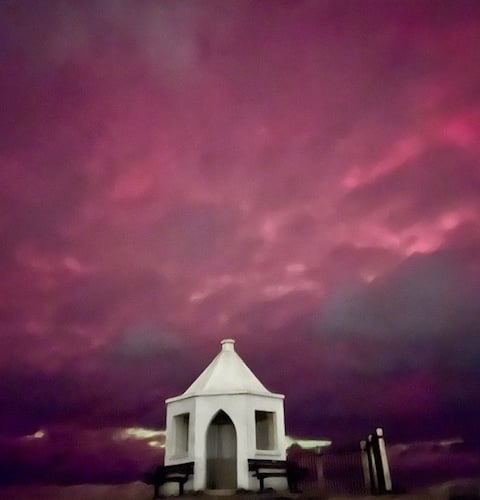
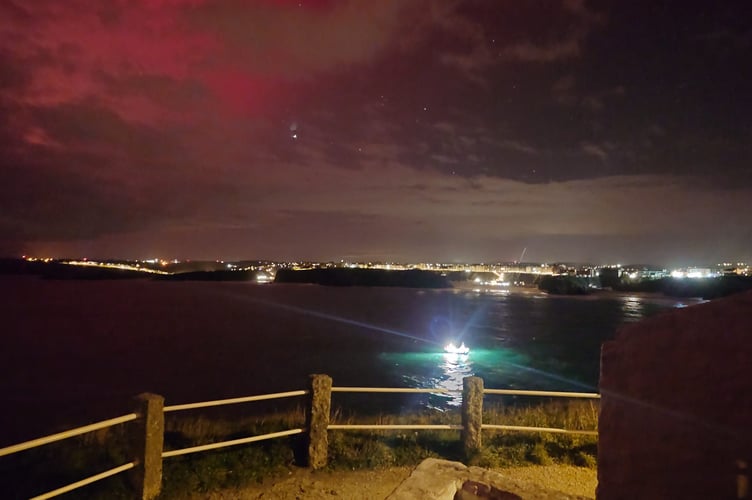

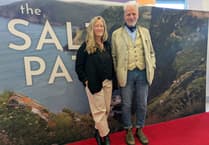
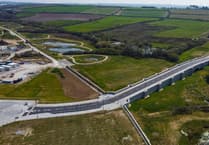
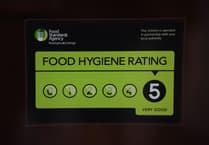
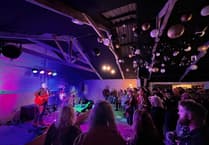
Comments
This article has no comments yet. Be the first to leave a comment.